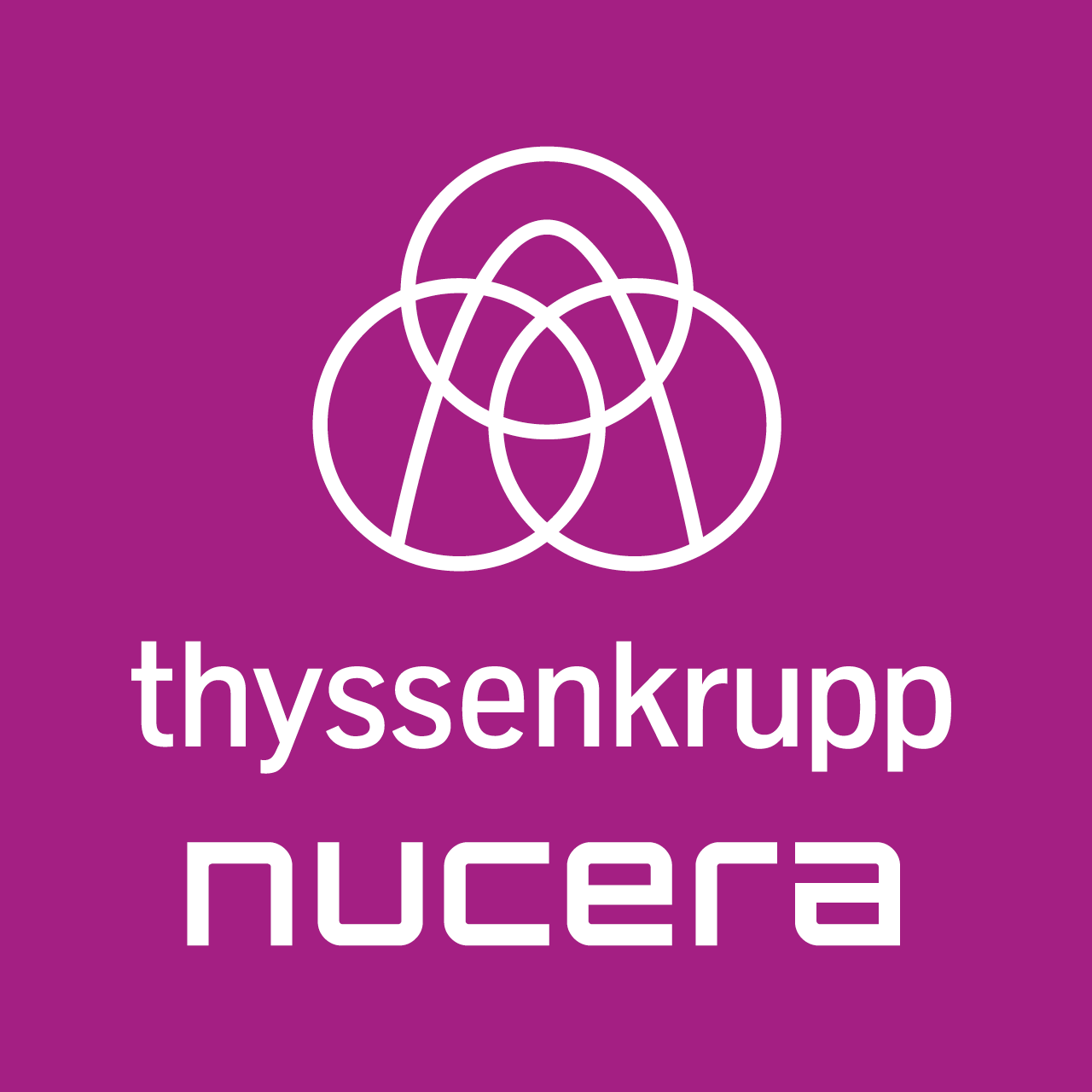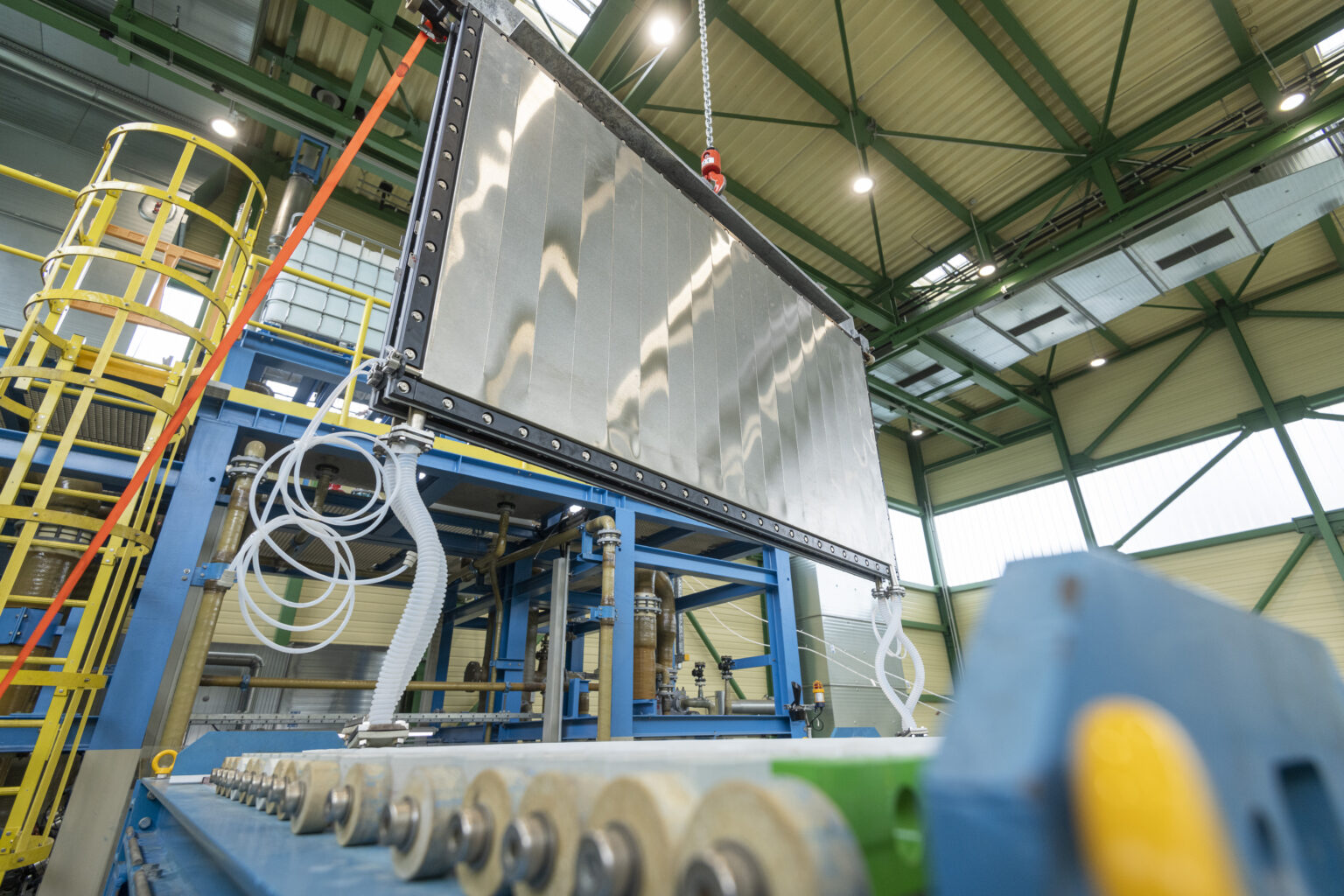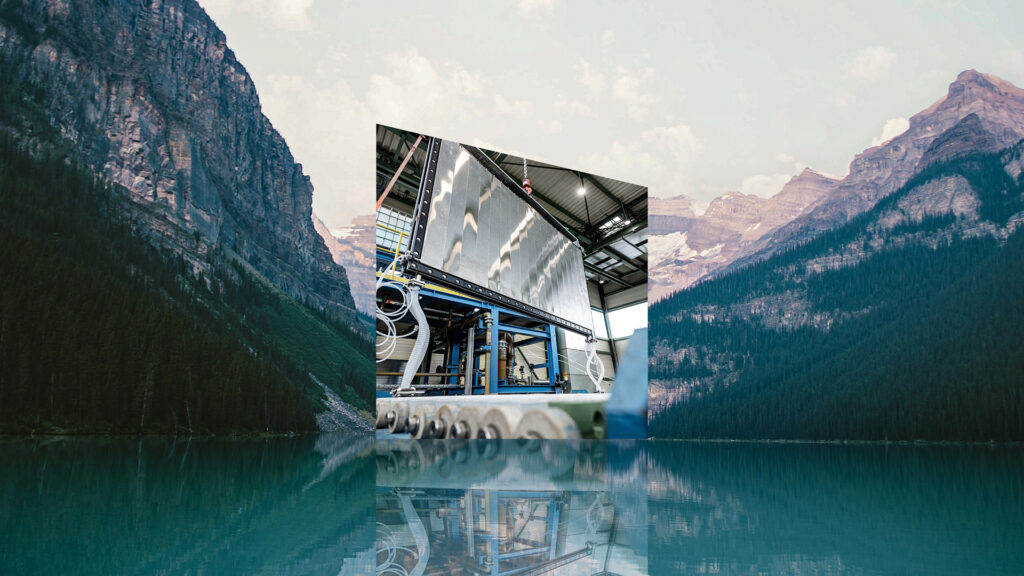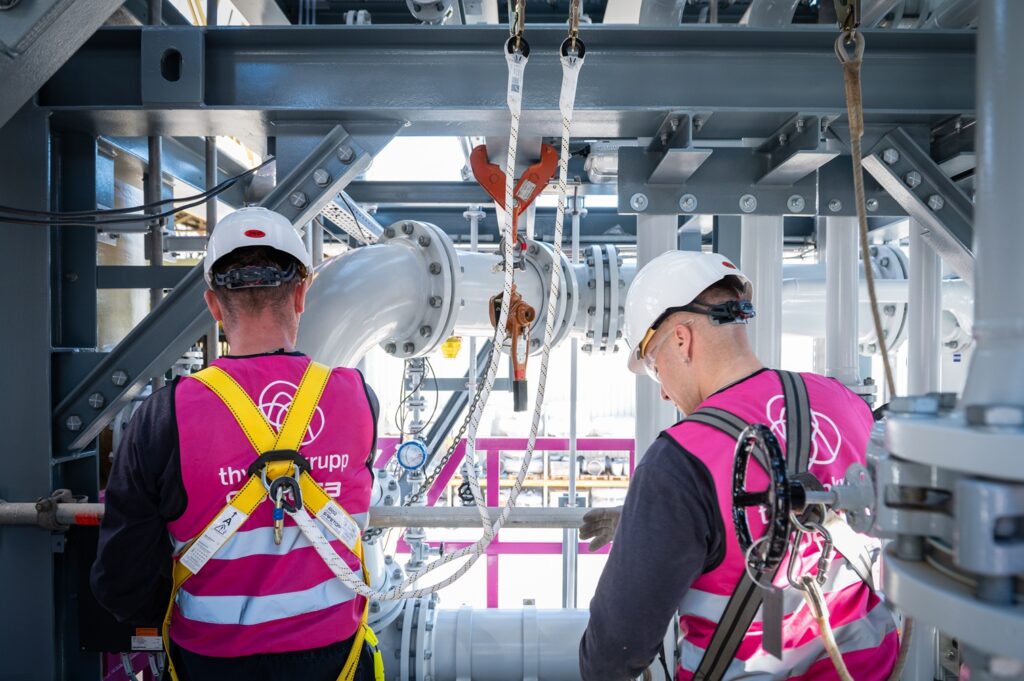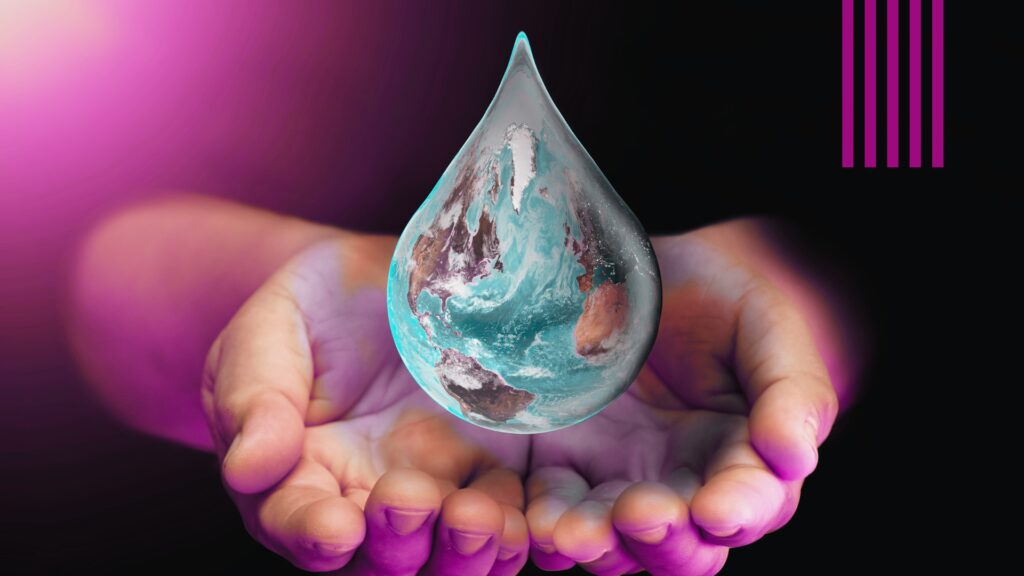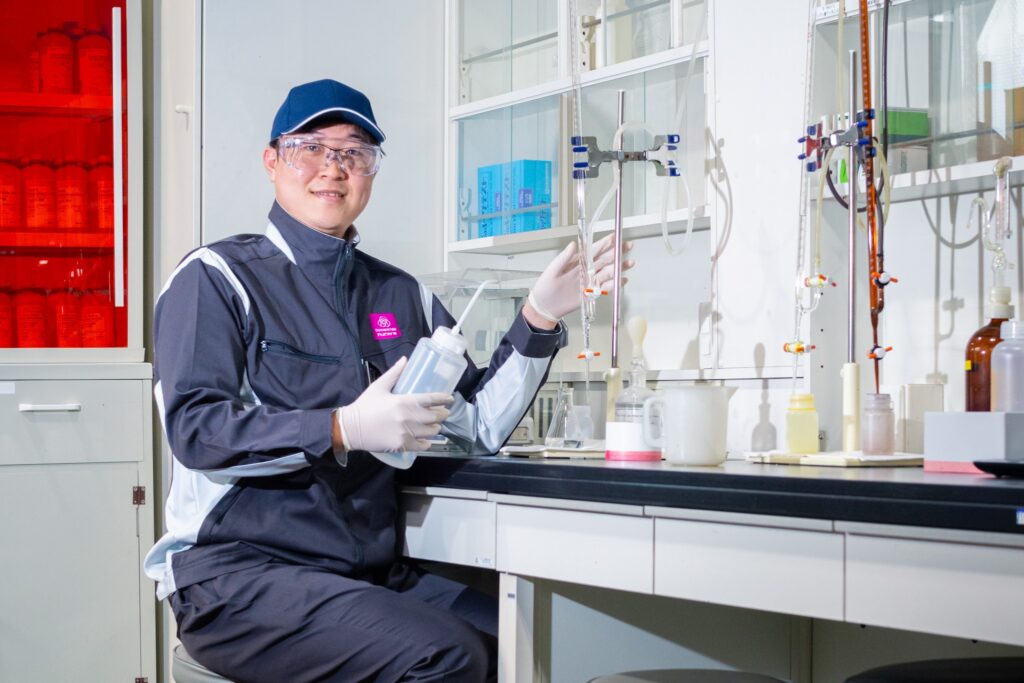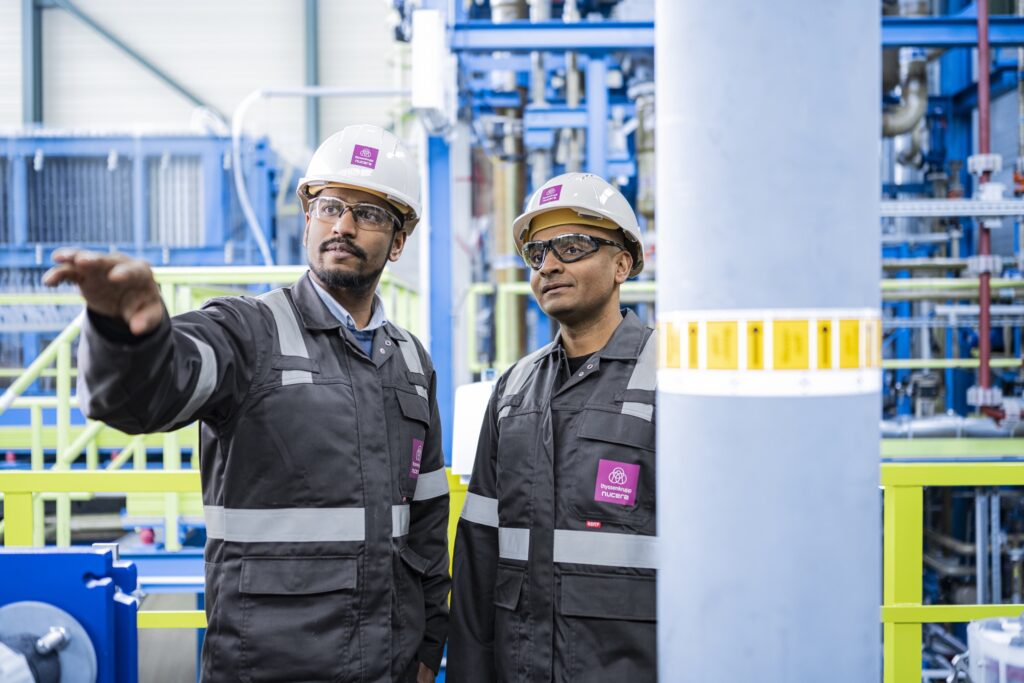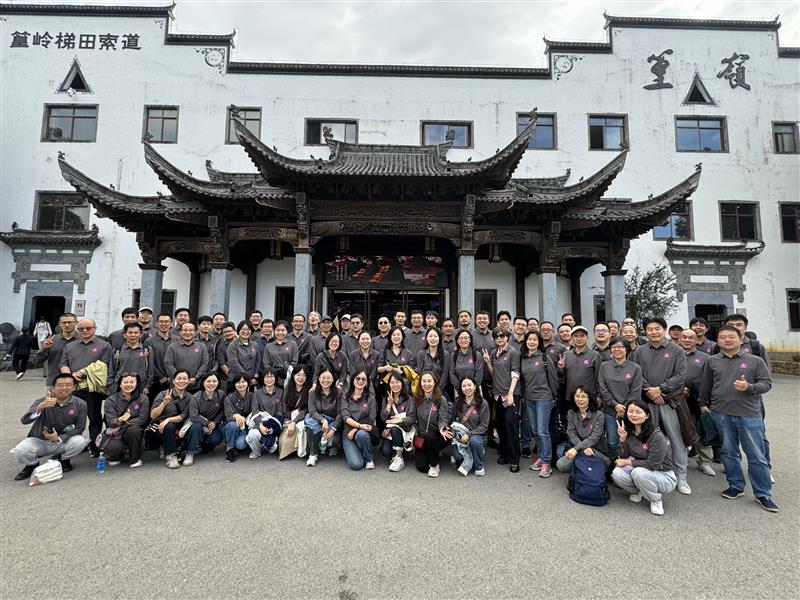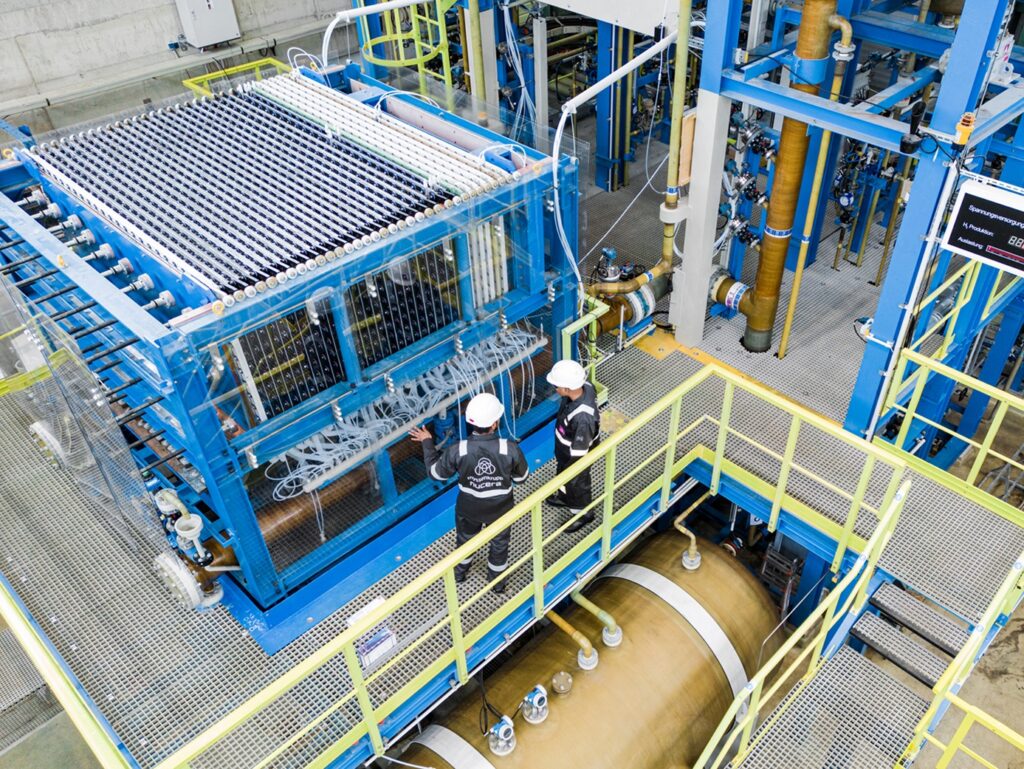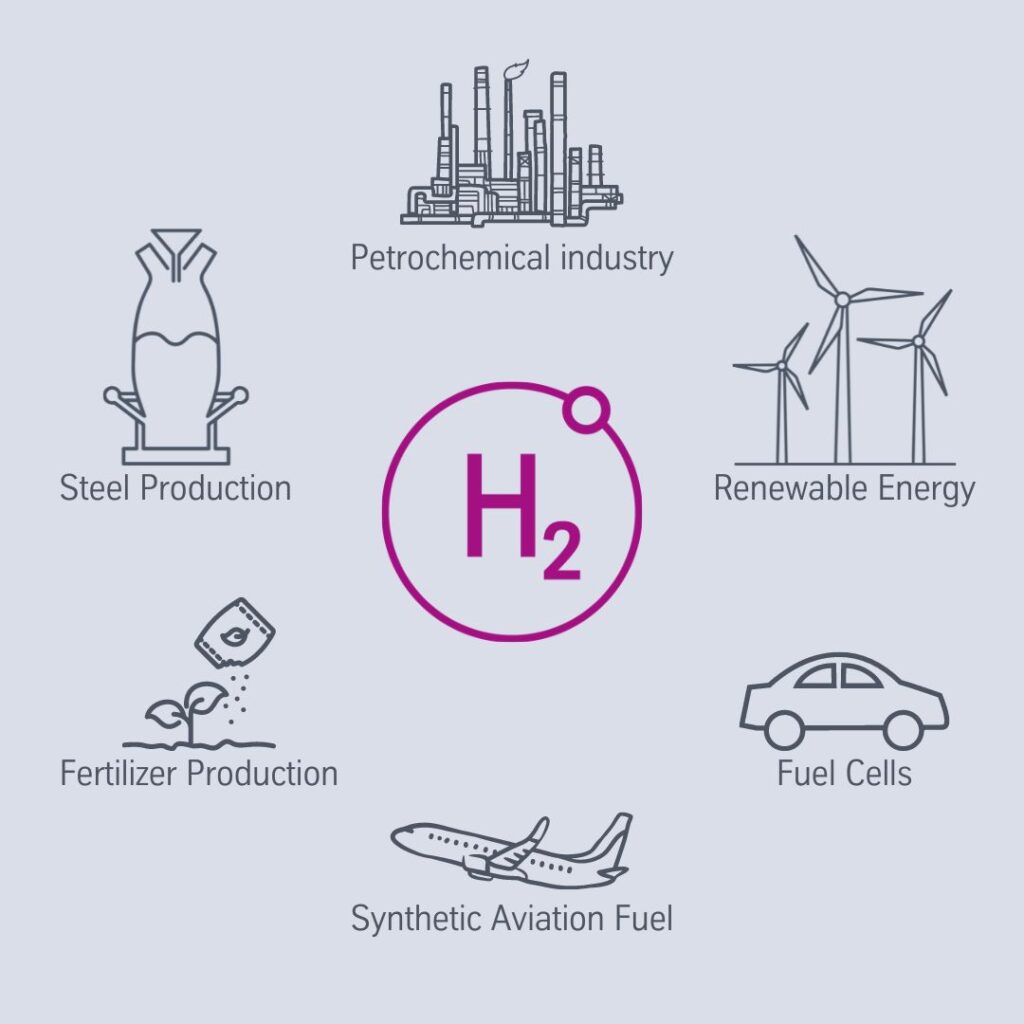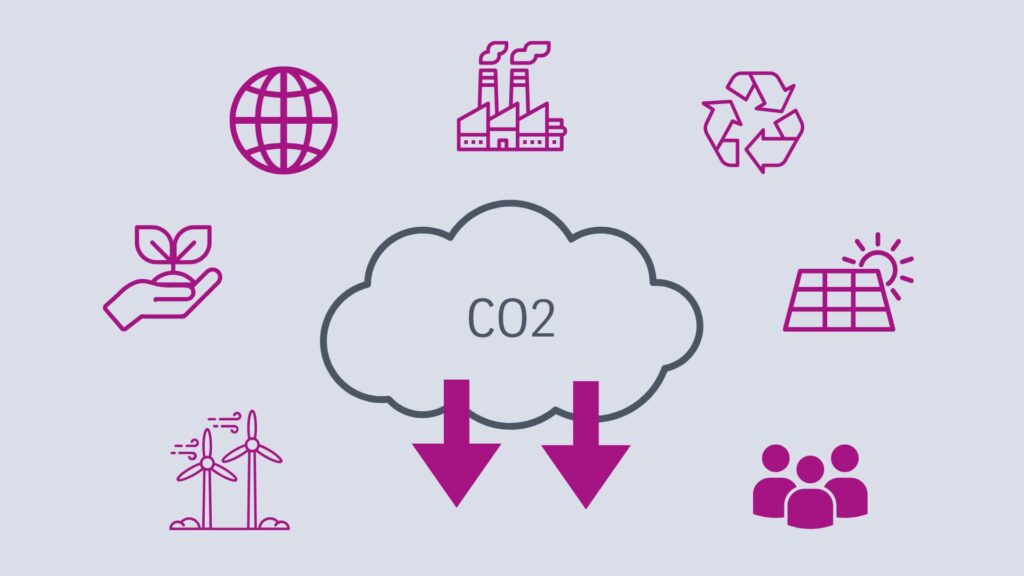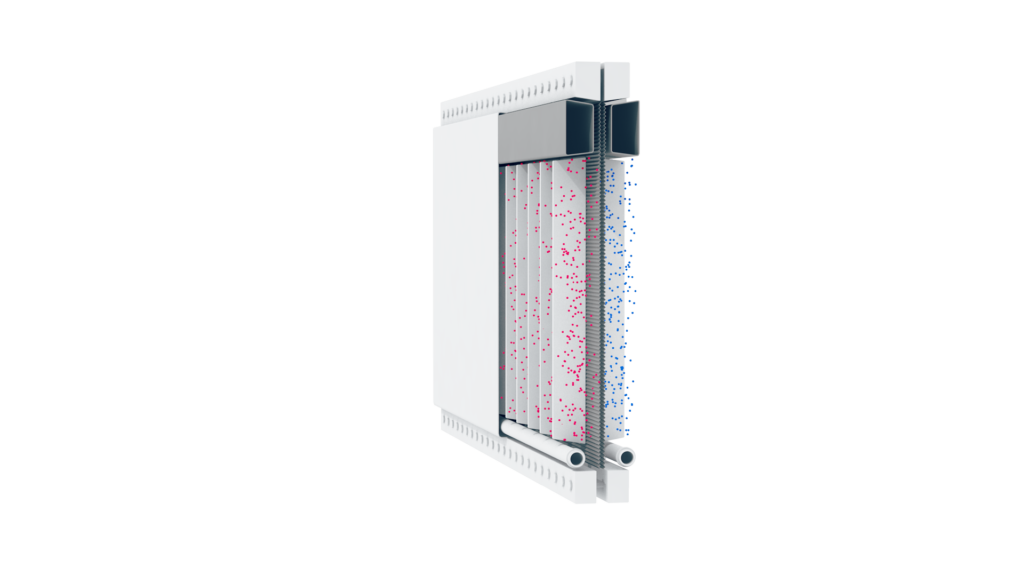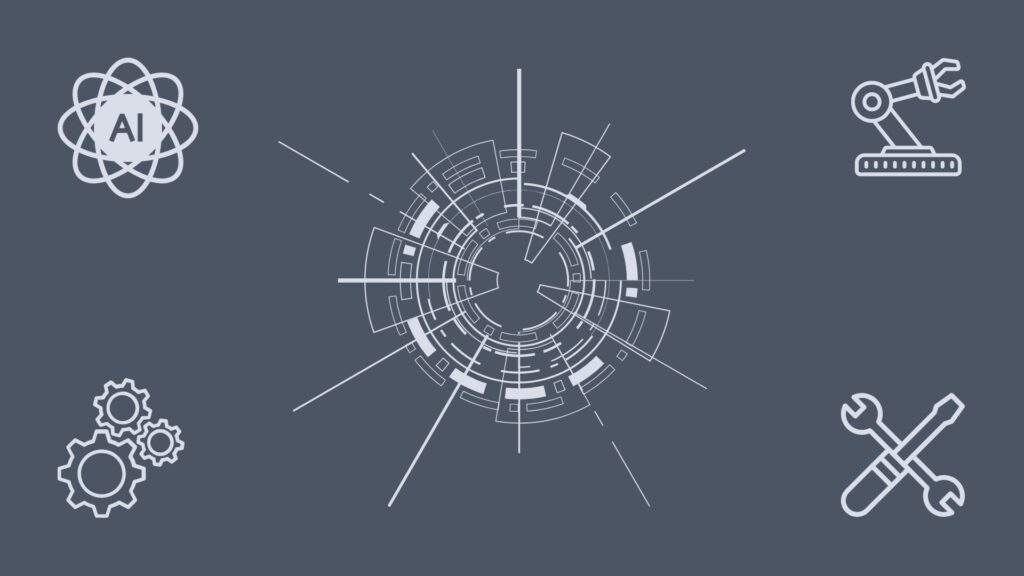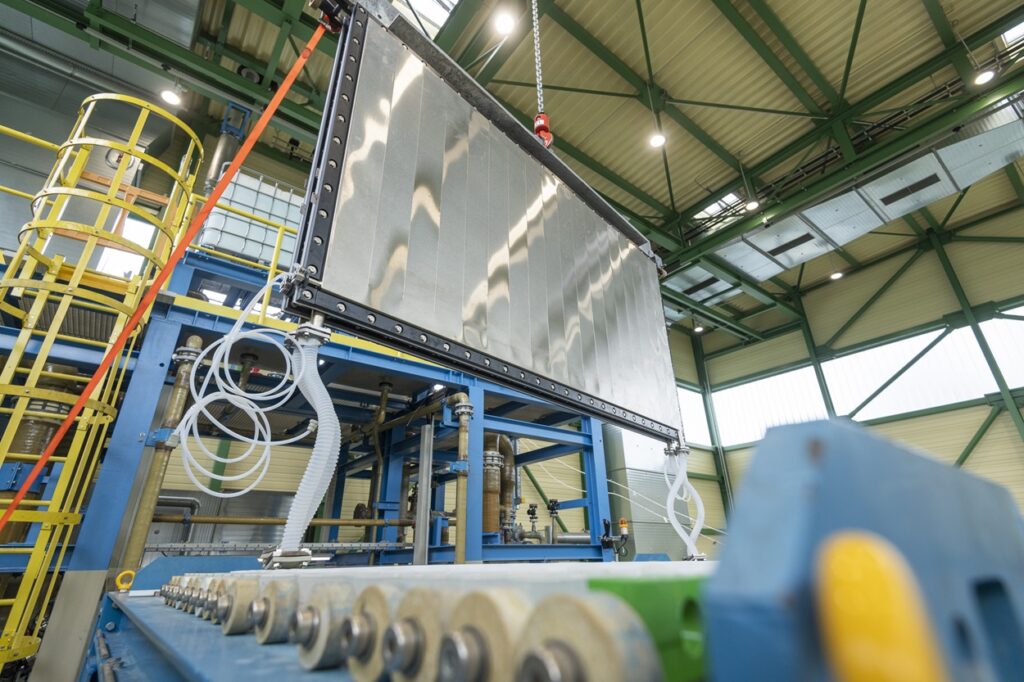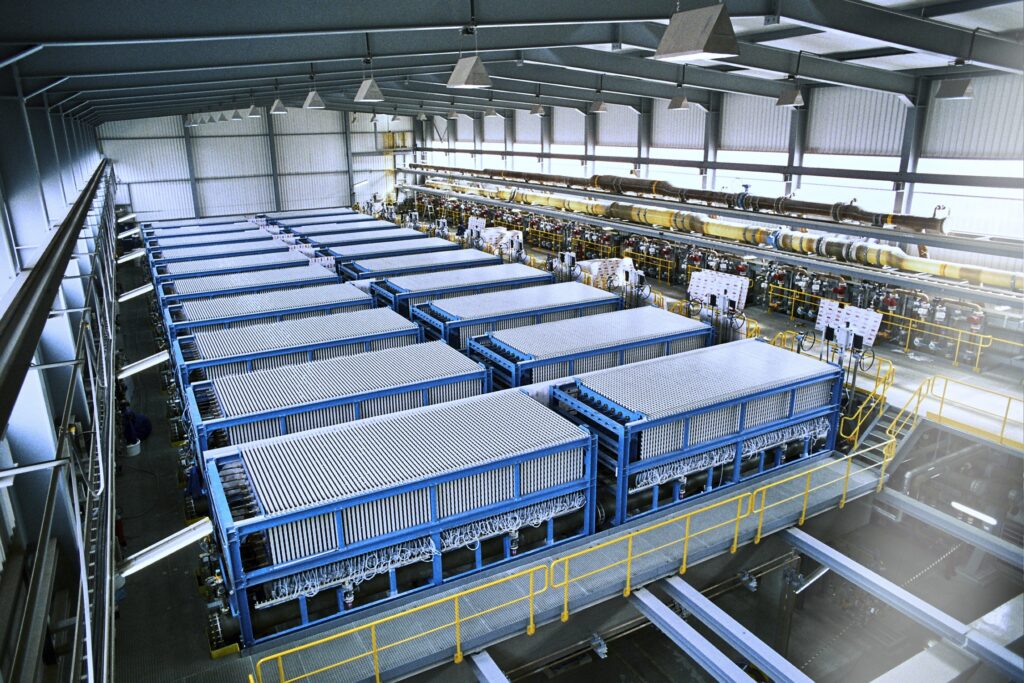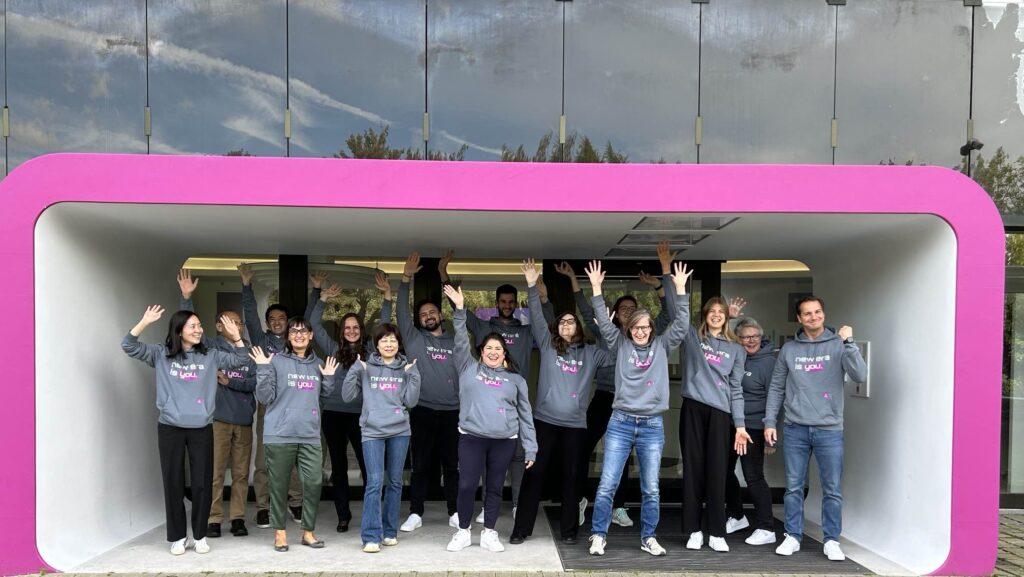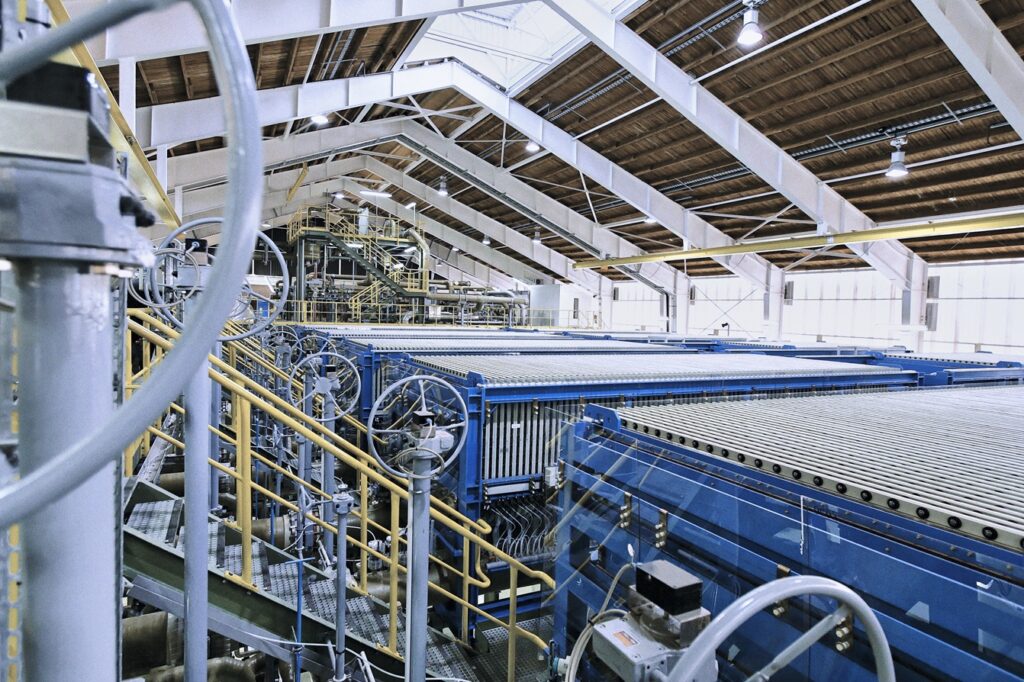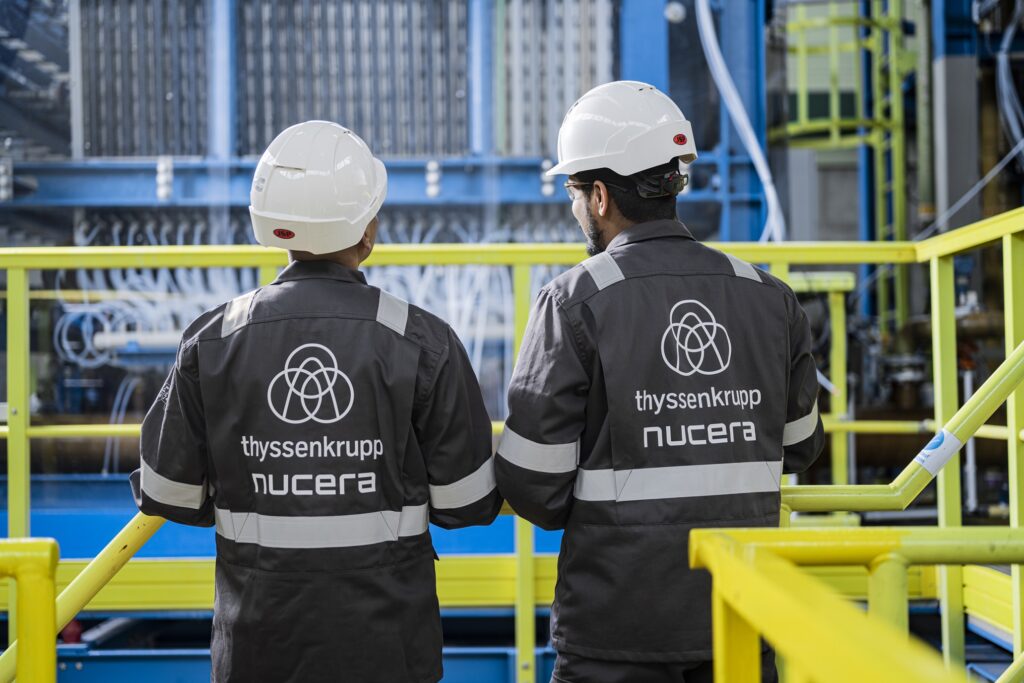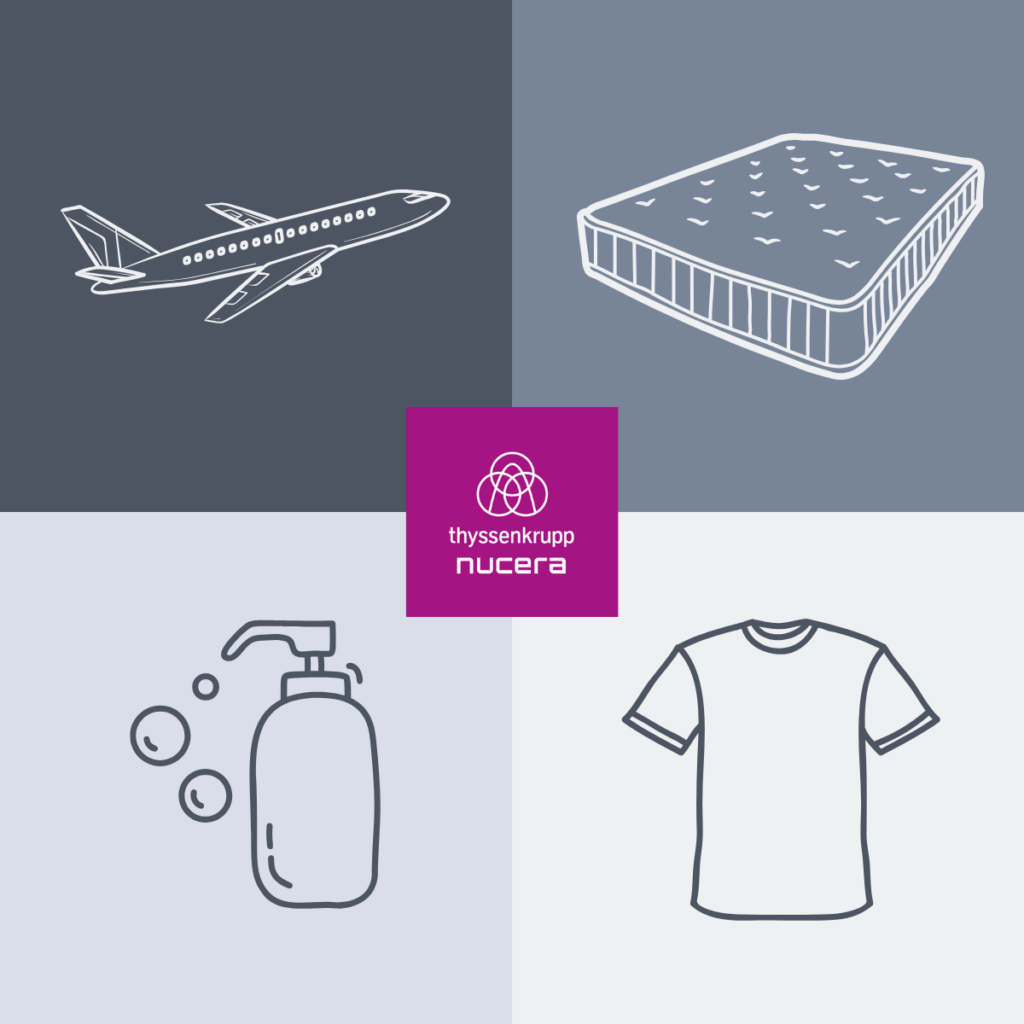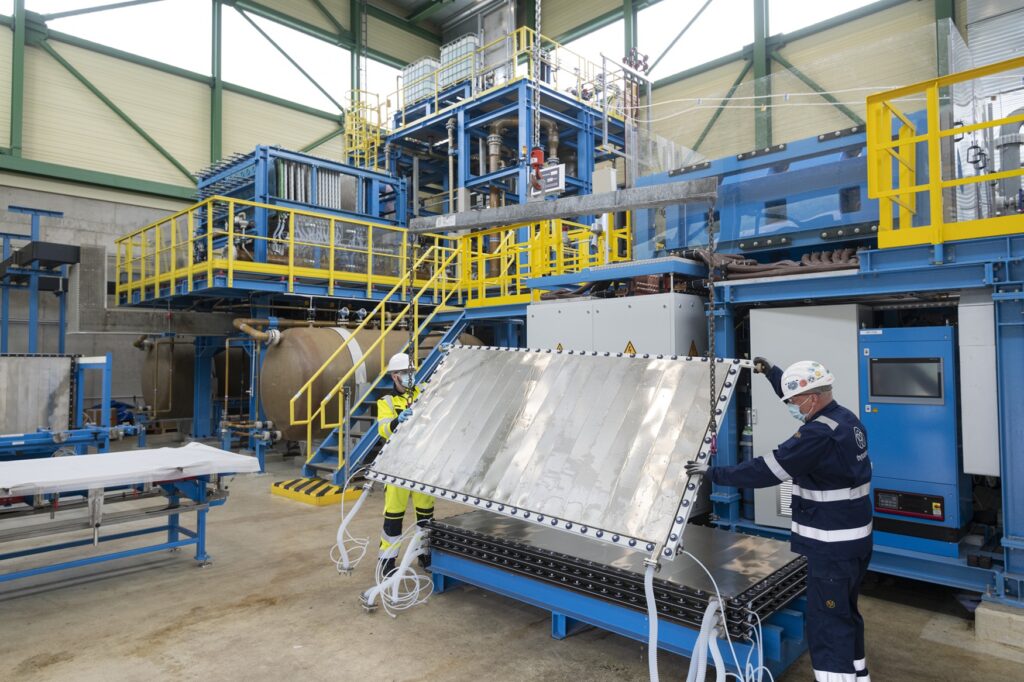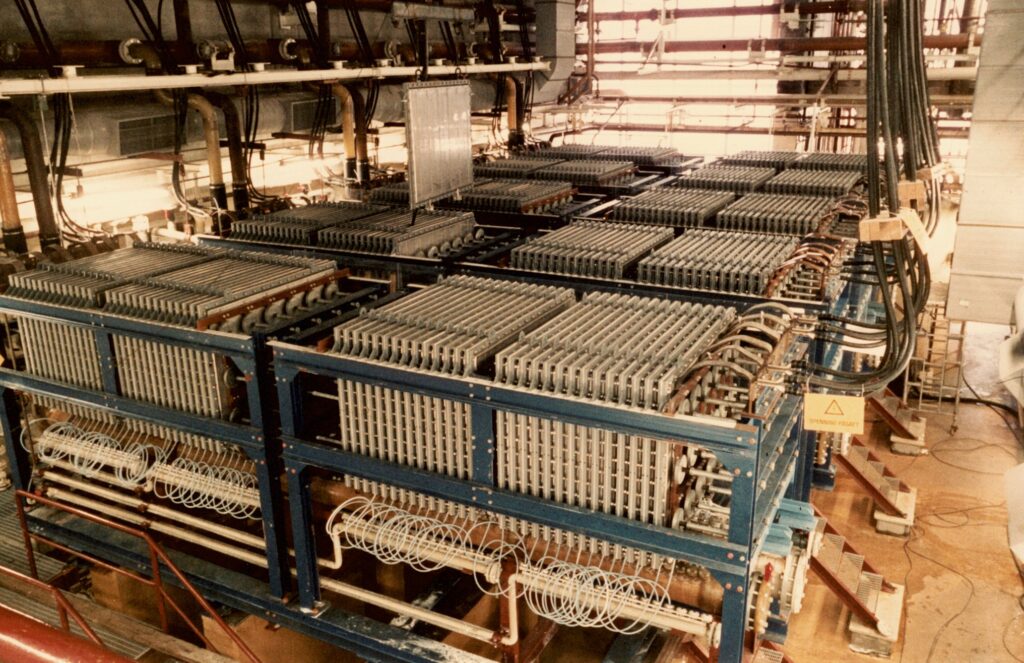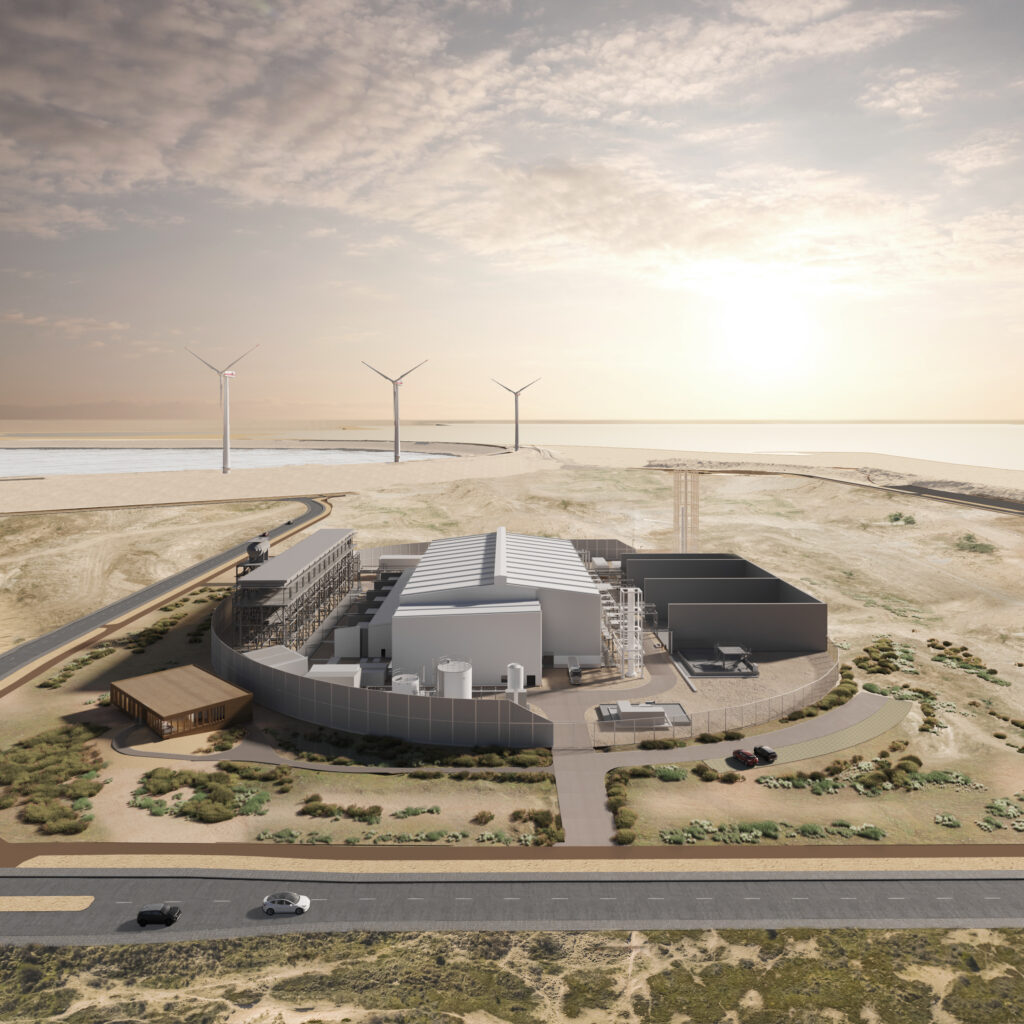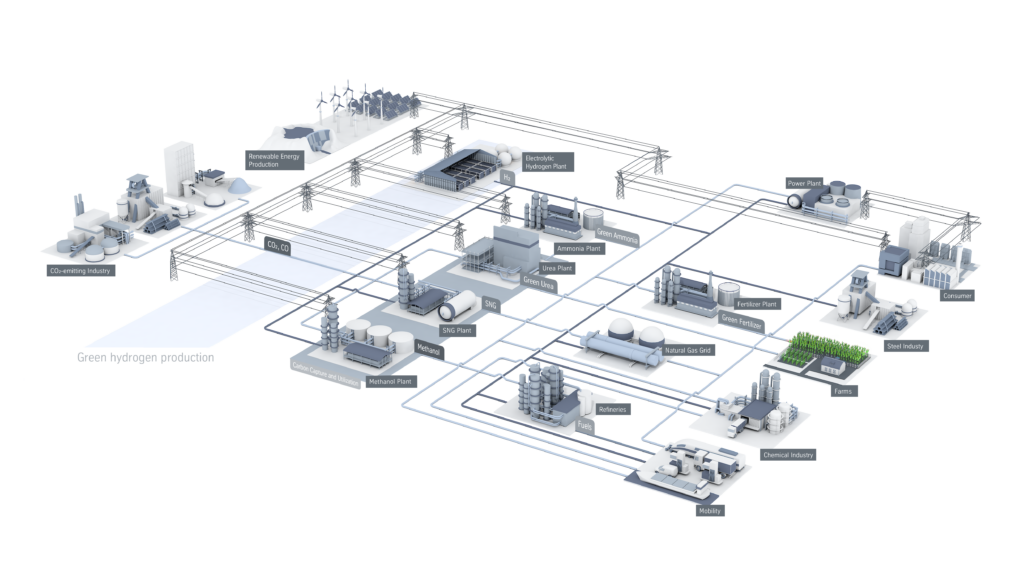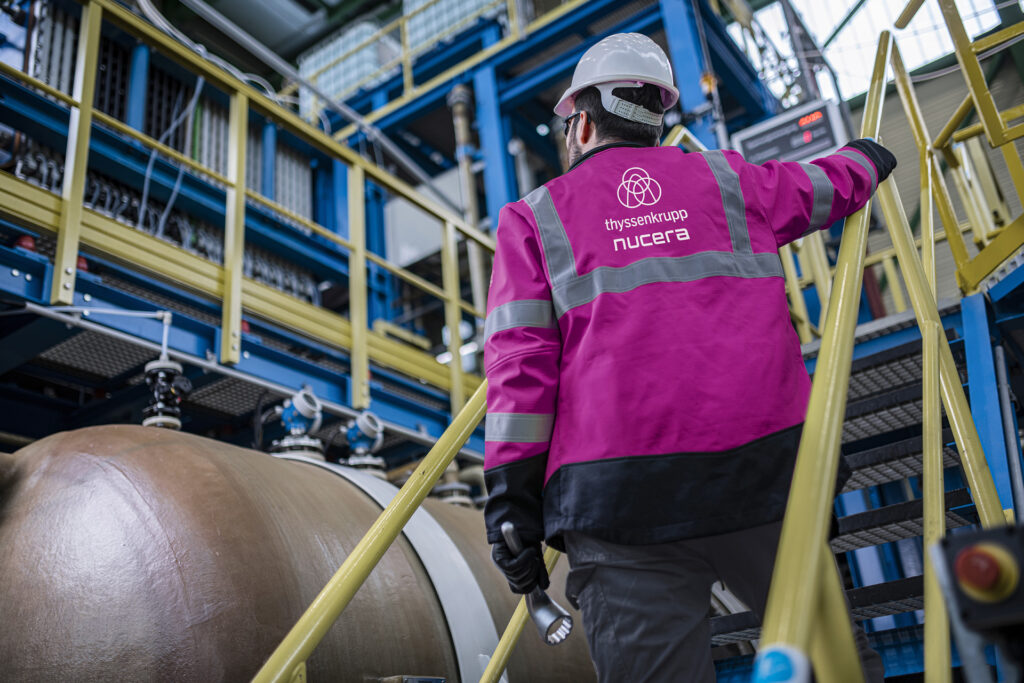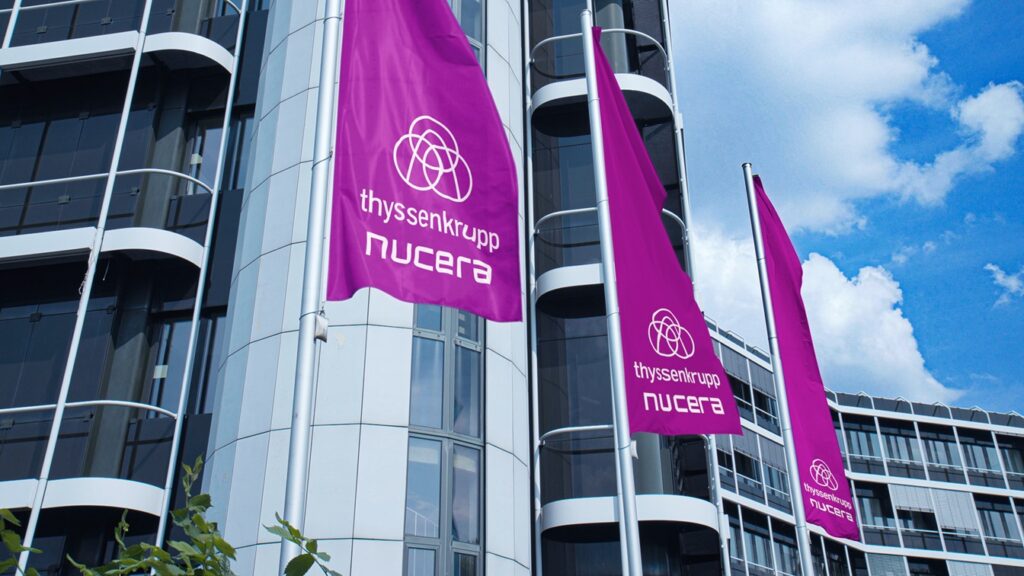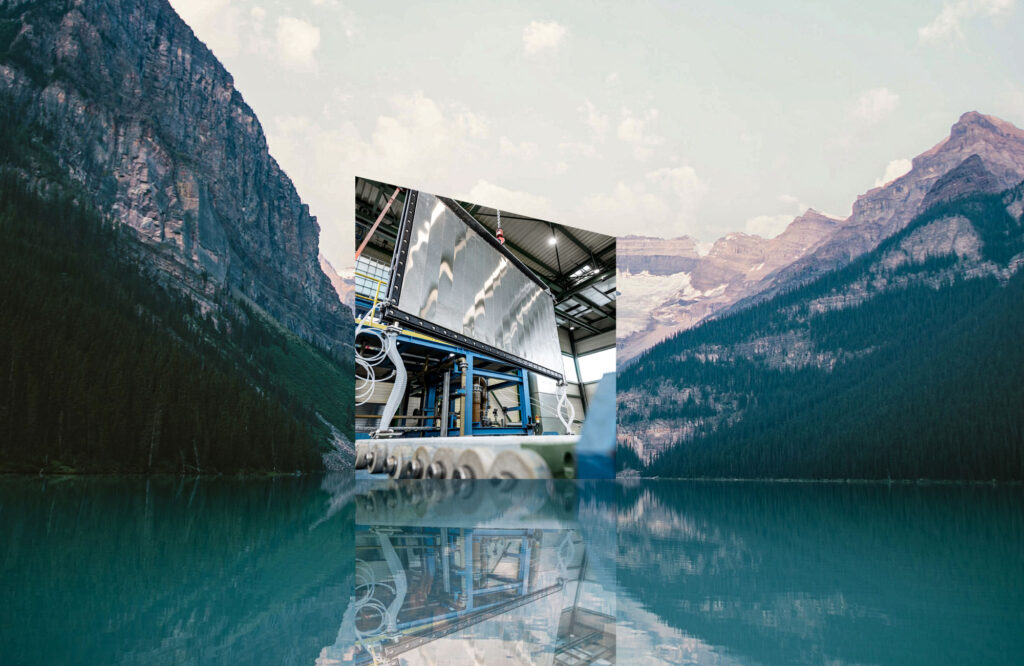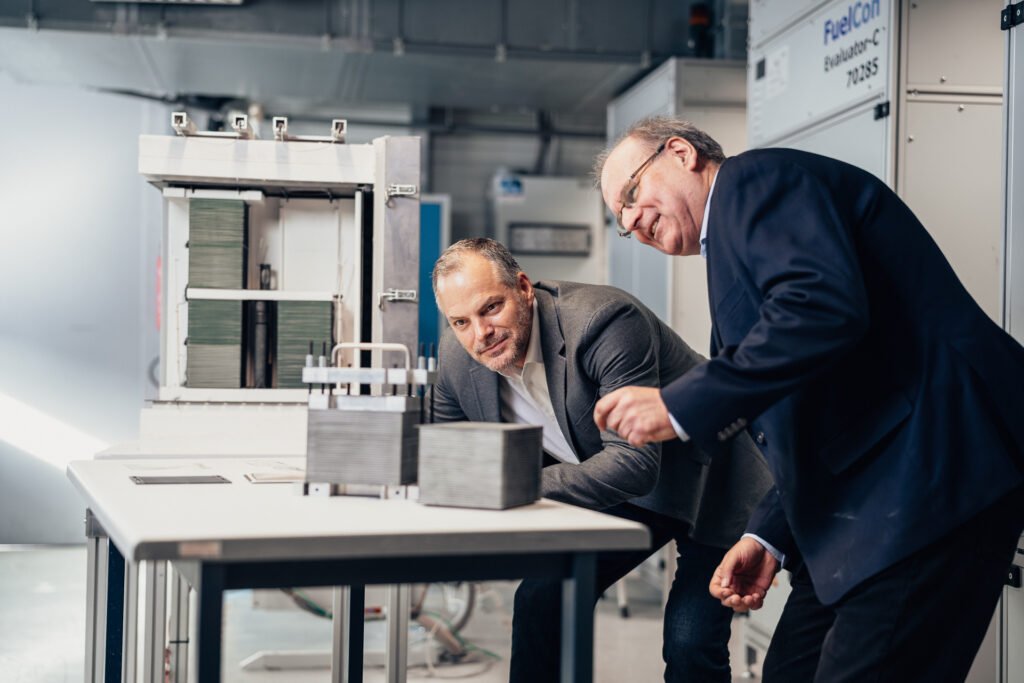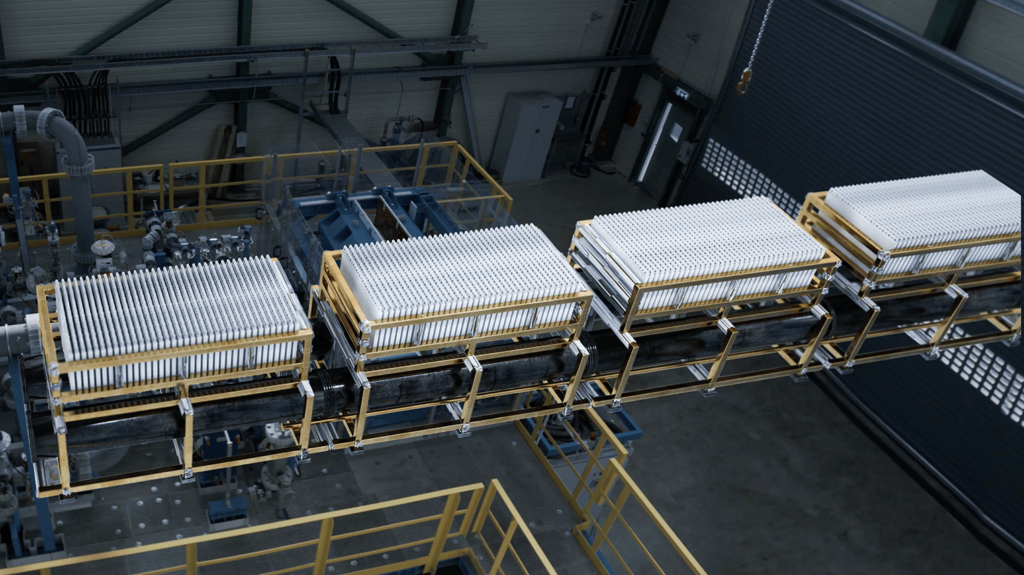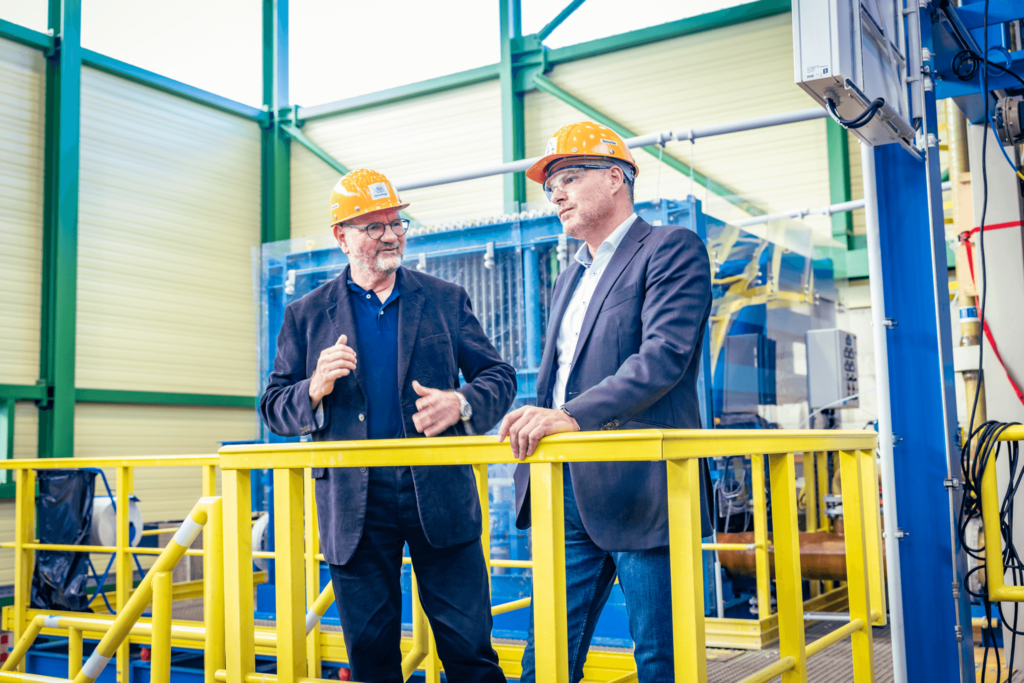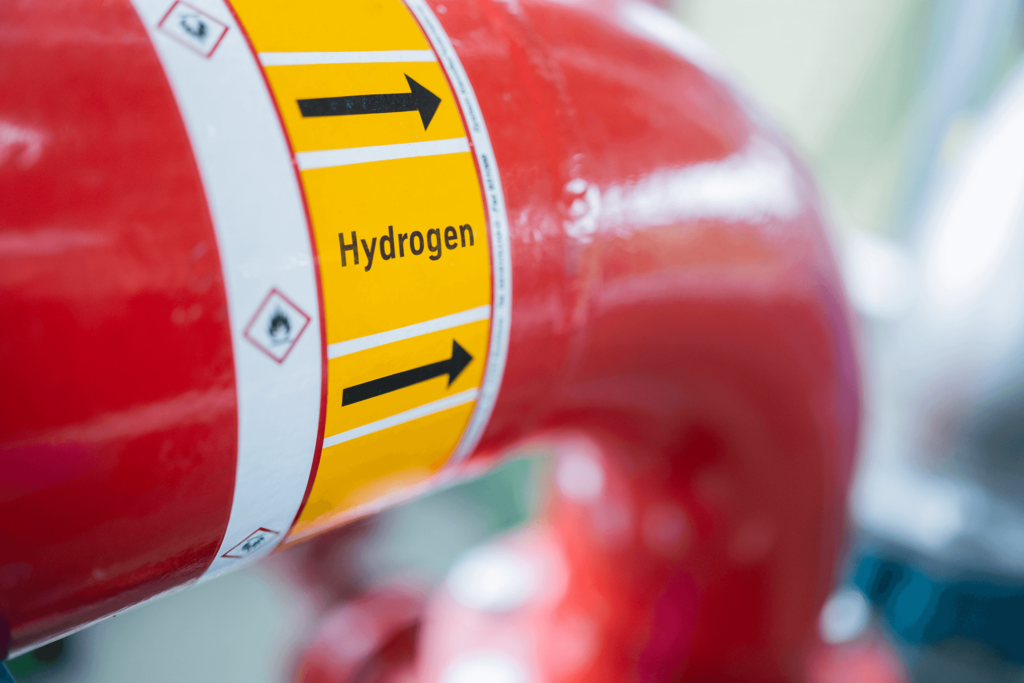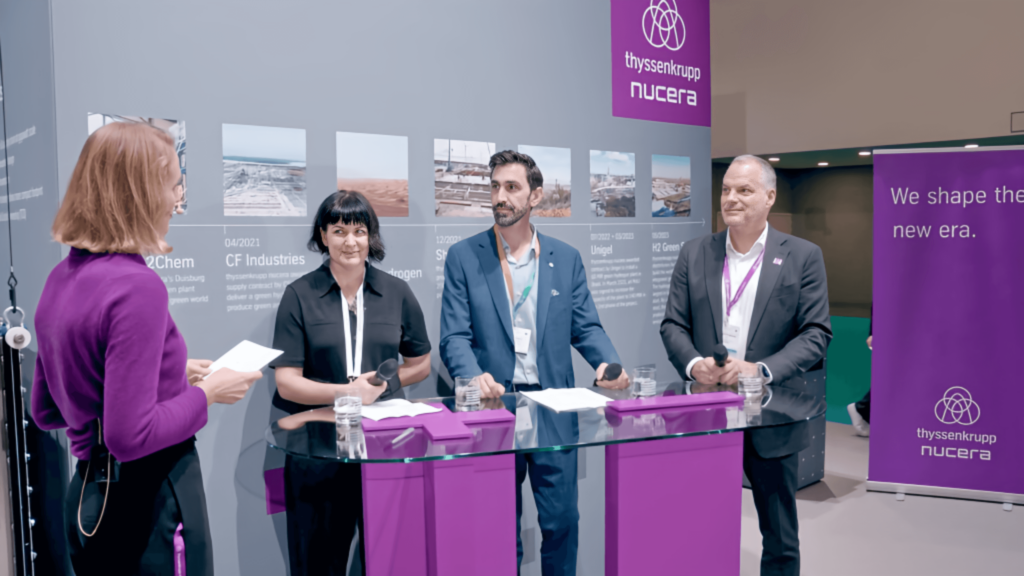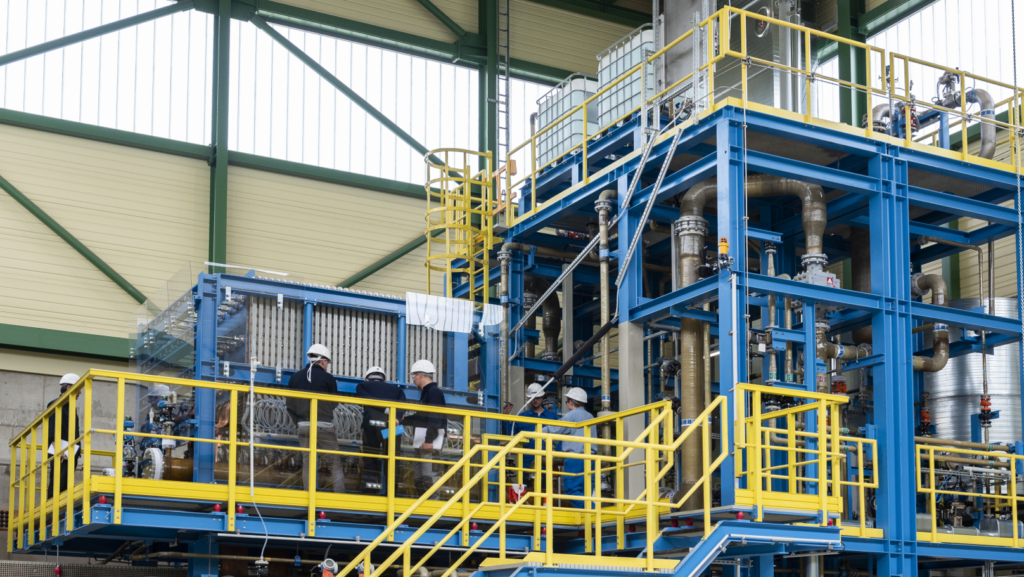In the pursuit of a more sustainable future, the growing interest for green hydrogen or low carbon intensity (LCI) production technologies is on the rise. Among the various options available, Solid Oxide Electrolyzer Cells (SOEC) and Alkaline Water Electrolysis (AWE) stand out as the leading technologies for the process of water electrolysis. Choosing the right technology is crucial to ensure efficiency and cost-effectiveness. In this blog post, we will delve into the details of both SOEC and AWE, offering a detailed comparison to assist you in making well-informed choices on the path to energy transformation.
Introduction to Green Hydrogen Production Technologies
The advancement of green hydrogen production technologies is a critical step towards achieving a carbon-neutral energy landscape. These innovative methods utilize renewable energy sources to decompose water into hydrogen and oxygen, presenting a sustainable alternative to fossil fuels. Green hydrogen serves as a versatile energy carrier with the potential to revolutionize energy and chemical systems across various sectors. By leveraging renewable resources, such as solar or wind power, these technologies not only contribute to reducing greenhouse gas emissions but also hold the promise of securing energy supply in an environmentally friendly manner. As we delve into the specifics of Alkaline Water Electrolysis (AWE) and Solid Oxide Electrolyzer Cells (SOEC), it becomes evident that the future of green hydrogen production lies in optimizing these technologies and ramping them up to meet the growing demands of a rapidly changing world.
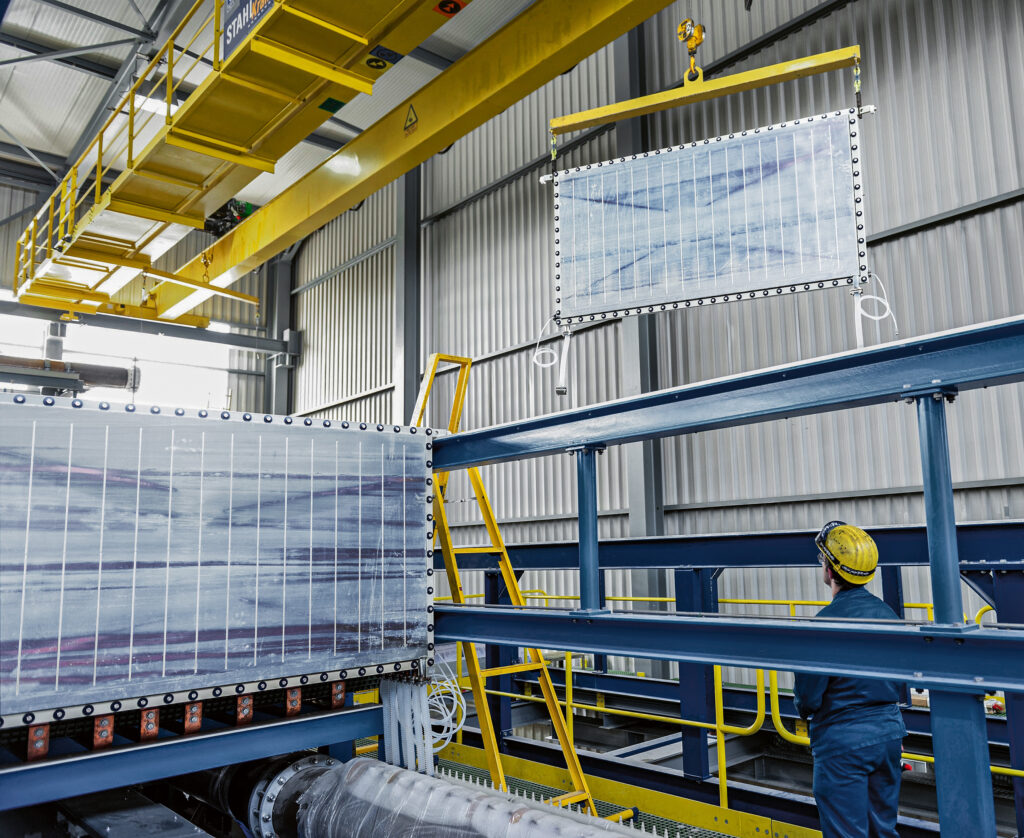
Understanding applications for Alkaline Water Electrolysis (AWE)
Alkaline Water Electrolysis (AWE) harnesses a mature and robust technology that has powered hydrogen production for decades. In an aqueous, alkaline solution electric current is used, to split water into hydrogen and oxygen. This method is characterized by its capability to be scaled up to meet the demands of industrial-scale projects. AWE’s longstanding history in the hydrogen production landscape underscores its effectiveness, having been developed and refined over decades of operational use. This technology’s appeal lies not only in its proven track record but also in its adaptability to various project sizes, ranging from multi-hundred megawatts to gigawatt scales. Through advancements and continuous improvements, AWE remains a cornerstone in the push towards sustainable green hydrogen production as an energy vector, offering a blend of reliability and scalability that few other technologies can match, especially when it comes to large-scale applications.
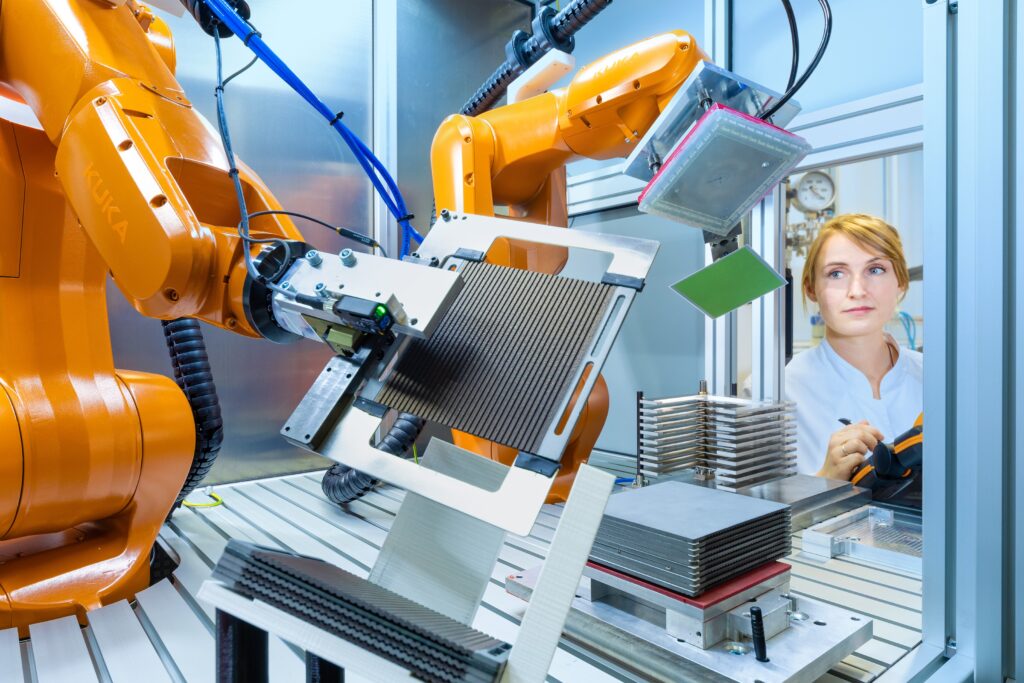
Exploring Solid Oxide Electrolyzer Cells (SOEC) applications
Solid Oxide Electrolyzer Cells (SOEC) represent a cutting-edge approach in the arena of green hydrogen production, utilizing a solid ceramic electrolyte in the production hydrogen and oxygen from water. This innovative technology thrives at high operational temperatures, typically between 700°C to 800°C, which enhances the electrolysis efficiency and therefore significantly reduces the energy input required for the process. The high-temperature operation is a distinctive feature that sets SOEC apart from traditional electrolysis methods based on the direct integration with thermal energy sources such as residual heat from industrial processes, where typically low pressure steam of around 130 °C is sufficient. This integration leads to optimization of energy use and related cost reduction in hydrogen production. Additionally, SOEC technology holds promise for the co-electrolysis of carbon dioxide alongside water, opening avenues for the production of e.g. synthetic fuels and facilitating carbon recycling. Despite being relatively newer in the market compared to AWE, the evolving advancements in SOEC technology underscore its potential to become a pivotal player in the sustainable energy sector, particularly for applications demanding high efficiency and innovative energy integration solutions.
Comparative Analysis: AWE vs SOEC
In the comparative landscape of green hydrogen technologies, AWE stands out for its long-standing operational reliability and scalability for large-scale projects. Its capacity to ramp up to gigawatt levels makes it a robust option for extensive industrial applications. Conversely, SOEC presents a technologically different approach, having higher efficiency through its high-temperature operation through for direct thermal energy integration from waste heat. The latter option can produce more than 20 percent more hydrogen than AWE and Proton Exchange Membrane Electrolysis (PEM) with the same amount of electrical power. This makes SOEC an attractive choice for scenarios with available thermal energy and where reducing energy input and operational costs are paramount. Additionally, SOEC’s versatility in handling carbon dioxide electrolysis positions it as a forward-looking solution for syngas based products like synthetic fuel production and carbon recycling efforts. The decision between AWE and SOEC hinges on balancing immediate scalability and established performance against innovative efficiency gains benefitting from thermal integration and potentially carbon utilization capabilities. Another scenario: Combine both technologies, using SOEC for baseload and AWE for alternating load.
Making the Right Choice for Your Needs
The use of AWE and SOEC technologies in green hydrogen production is becoming more pronounced across multiple sectors. For instance, AWE has been successfully implemented in large-scale industrial environments, demonstrating its proven capacity to facilitate the production of green hydrogen for uses in manufacturing, energy storage, and as a fuel for transport. This is exemplified by thyssenkrupp nucera®, a global leader in electrolysis technology. As a trusted provider of AWE solutions worldwide, thyssenkrupp nucera® stands as a strong endorsement of the scalability of these technologies.
Meanwhile, SOEC technology is gaining traction in areas seeking to harness high efficiency and thermal energy integration. SOEC’s advantages in terms of operational efficiency and energy integration, particularly attractive for projects aiming to minimize energy costs. Its high-temperature operation by thermal energy integration present an opportunity for cost savings and environmental benefits. This is why thyssenkrupp nucera® is currently investing in a 8 MW pilot plant for SOEC in Arnstadt, Germany, partnering with Fraunhofer IKTS, to manufacture and develop cells.
Selecting the appropriate technology for your project involves considering its scope, scale, and sustainability objectives. Diverse applications demonstrate the flexibility and promise of both technologies – even in combination – in contributing to a sustainable energy future, highlighting their complementary roles in the evolving landscape of green hydrogen production. Whether opting for the proven scalability of AWE or the efficient, innovative approach of SOEC, your decision will contribute to a more sustainable future.
